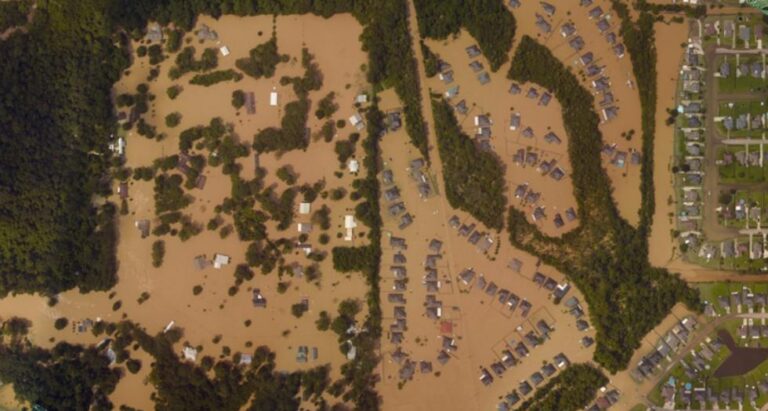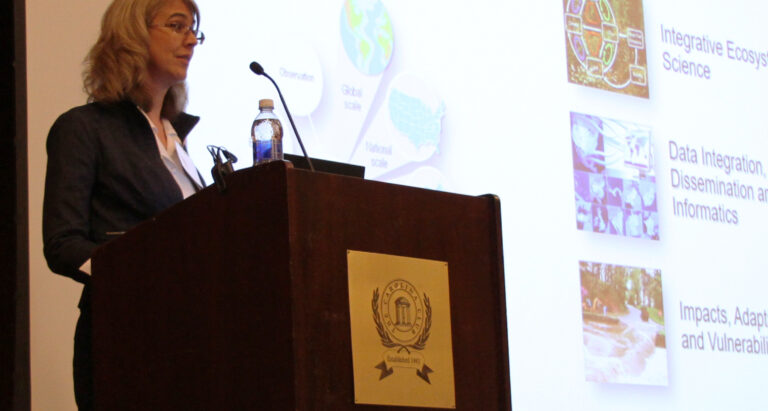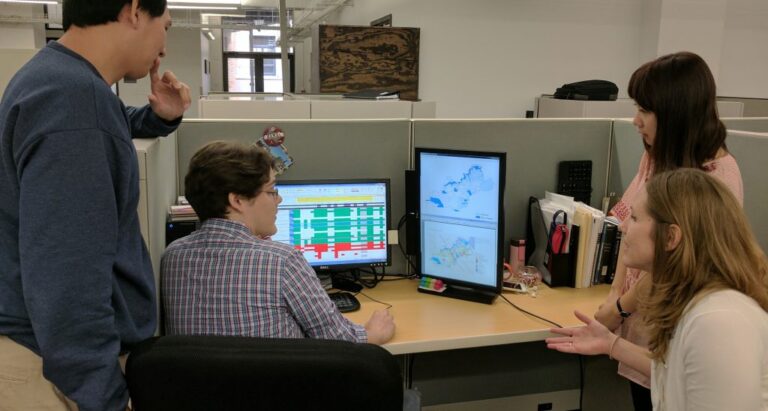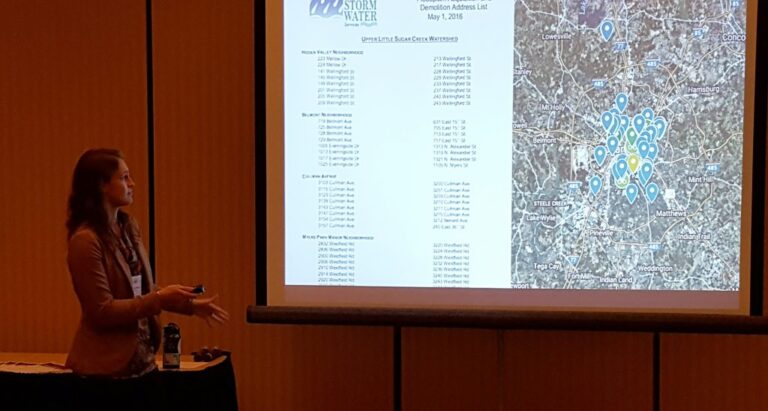LSU PI launches Center for Coastal Resiliency
By Dr. Scott C. Hagen Dr. Hagen is a professor at Louisiana State University (LSU) and Principal Investigator (PI) for the Coastal Resilience Center project “Development of an optimized tide and hurricane storm surge model for the northern Gulf of Mexico (MS, AL, FL) for use with the ADCIRC Surge Guidance System.” A version of … Read more




